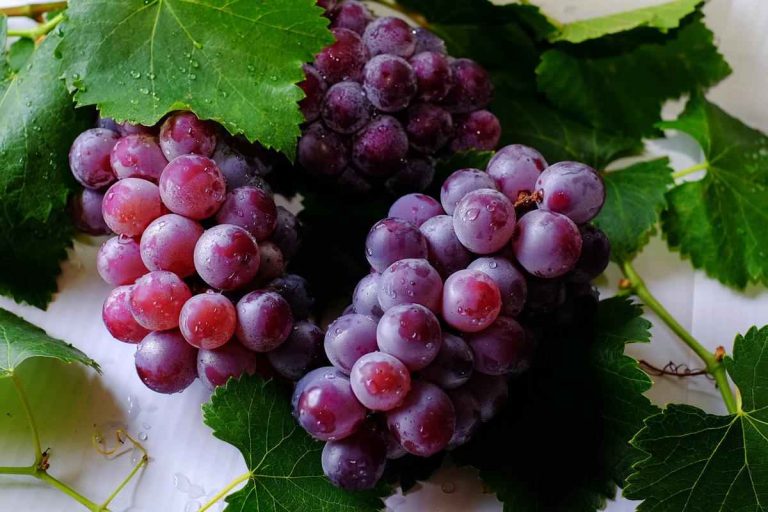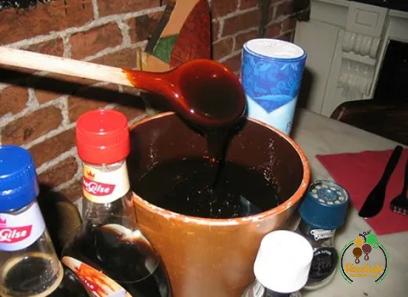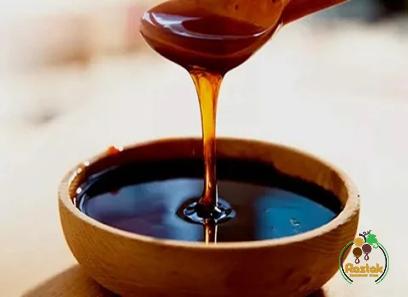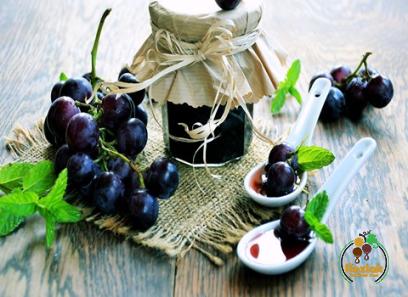Raisins or other dried fruits may be lower in nutrients compared to their fresh counterparts, such as grapes.
Dried raisins are the fruit we all know and love, but they lack the fresh fruit flavor that made them so popular.
Raisins are a popular dried fruit that is often added to food to sweeten food. Let’s look at the nutritional content of grapes and raisins side by side and discover which one is more beneficial for our body.

Grapes are about 80% water, but raisins are only 15% water. In comparison, the amount of antioxidants in grapes is about a third of the amount in raisins.
Grapes have a much higher concentration of vitamins than raisins. Grapes have higher amounts of vitamin E, C and B1 than raisins, but raisins have higher amounts of vitamin K than grapes. However, raisins have higher levels of vitamin K than grapes.
We have access to a wide selection of grapes and raisins for picking. Grapes of various colors including green, black and red may be found in India.
Resveratrol is an antioxidant that may be found in high concentrations in red grapes. This chemical helps prevent cardiovascular diseases and reduce high blood pressure.
In India, you can easily get golden, green and black raisins among other varieties. Golden raisins are considered the healthiest type of raisin because they have the highest amount of flavonoids among other types of raisins.
Fruits are an important part of any diet for people trying to cut calories and lose weight.
Grapes are low in calories and high in fiber. These two factors work together to suppress your appetite and keep you feeling full for longer.
However, raisins have a higher calorie load than grapes due to their higher sugar content. The drying of grapes leads to the accumulation of this particular concentration of antioxidants and sugar, which is present in the form of calories.

In comparison, half a cup of grapes and most fruits have only 30 calories, but half a cup of raisins has about 250 calories.
Raisins contain a wide variety of nutrients, many of which are essential for good health, including dietary fiber, potassium, iron and other essential minerals.
Tartaric acid in raisins is believed to help reduce inflammation in the body. Taking tartaric acid supplements may help improve the functioning of your digestive system and maintain the balance of bacteria in your gut.
Grapes are a good source of nutrients due to their high amounts of antioxidants and vitamin C.
Both of these nutrients are essential for keeping skin cells young and protecting them from the carcinogenic effects of ultraviolet (UV) rays.
Grapes are also used in a number of home remedies and face packs for their ability to remove age spots and wrinkles. Grapes can be found in both categories.
Raisins are an interesting case study because of their widespread use and the wealth of information readily available to the public about their nutritional value. After all, raisins are nothing but grapes that have been dried by the sun or air.
Most often, it is the seedless green variety that grows mostly in the United States, especially in the state of California.
This is a very interesting look at how drying methods such as air drying and sun drying may change the nutritional value of food.

After seeing that most of the information available online is misleading, I decided to do more research on the nutritional differences between grapes and raisins.
The main difference between raw grapes and raisins is that the former has a higher percentage of water than the latter. In comparison, a raw grape contains an average of 80.54% water, while organic grapes contain only 15.43% water.
Raisins have a much higher nutritional value than other dried fruits because they have a significantly lower water content. But what really matters to your body is the total number of calories you eat on a daily basis, not the number of grams you consume.
Consequently, analyzing the nutrient-to-calorie ratio helps us gain a deeper understanding of what is in the main nutritional profile of grapes during the drying process that produces raisins.
Which of these fruits is healthier for you, grapes or raisins, when it comes to your nutritional needs?
Most people would naturally choose grapes over raisins for this comparison because the former has fewer calories per serving. There are only 20 calories in a full cup of grapes, but 85 calories in a full cup of raisins.
According to research findings, there are 34 calories and 7.5 grams of sugar in ten grapes.

There are 47 calories and less than 10 grams of sugar in 30 raisins. Raisins may appear to have lost some of their sugar during the drying process. However, this is most likely not the case.
Raisins have 69 calories per 100 grams, while grapes have 296 calories per 100 grams. This means that a grape has 77% fewer calories per 100 grams than raisins.
The amounts of protein, carbohydrates and fat in grapes and raisins are almost comparable at the macronutrient level.
The amount of protein, carbohydrate and fat that can be obtained from one serving of grapes and sunflower raisins is 4.95.2 and 3.95.2, respectively.
Since the amount of sugar naturally present in grapes varies from cultivar to cultivar, it is possible to evaluate many different grape varieties for nutritional value.
In terms of nutritional profile, grapes and raisins are roughly equivalent, although there are key differences between the two.











Your comment submitted.